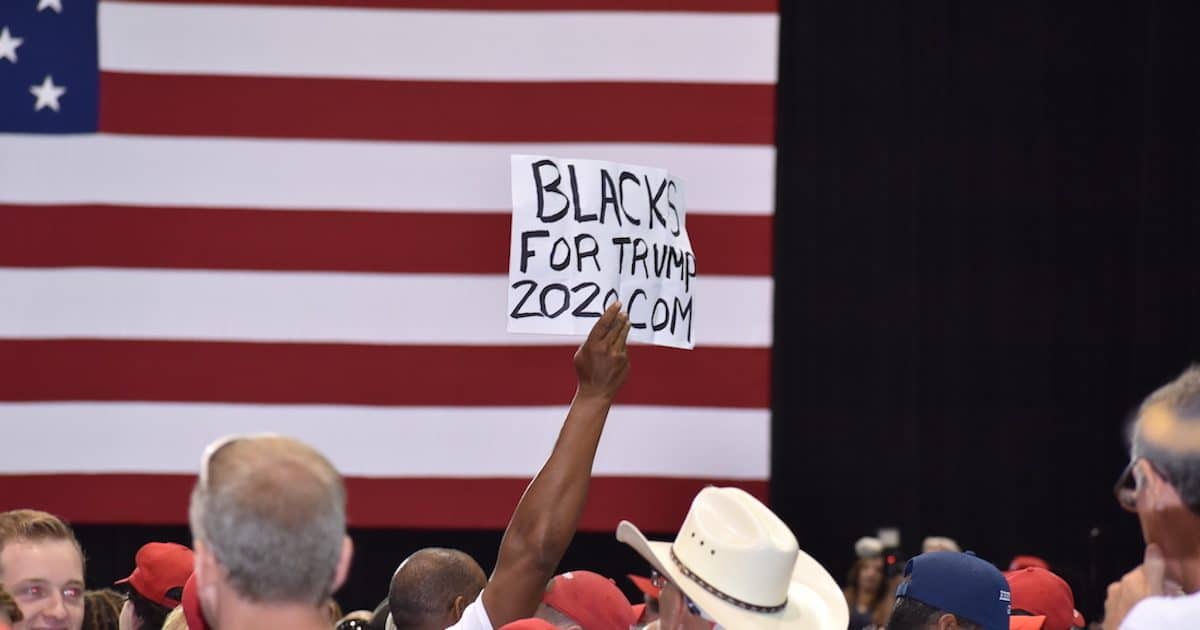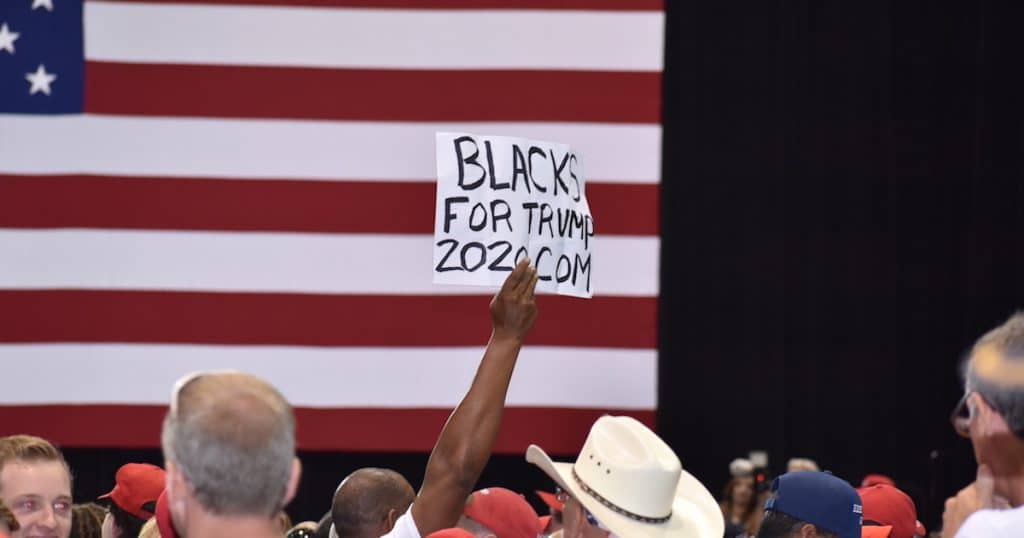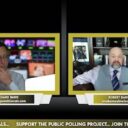
Labor Force Participation Influences the Unemployment Rate, Resulting in Methodological Gimmicks

Attend or watch a rally for President Donald Trump, and you will hear him tout the decline in the black unemployment rate. Under his administration, unemployment for African Americans has fallen to all-time lows, on multiple occasions.
Those who know and surround the president will tell you this is a matter of pride for him. Unsurprisingly, his critics will just as frequently claim the falling trend in black unemployment began under his predecessor, Barack Obama.
So, what’s the truth? Who’s right?
If we’re just looking at the reported monthly change in the black unemployment rate–or, the reported rate for all races–then it would appear the trend began under Mr. Obama. Let’s take a look at the civilian unemployment rates for all races, as well as black or African American.
When Mr. Obama entered the Oval Office in January 2009, the black unemployment rate stood at 12.7%, below a recession high of 15%.
According to the Bureau of Economic Analysis (BEA), the Great Recession ended in June 2009. That month, black unemployment fell marginally 0.2% from the recession high to 14.8%.
But it began to rise again as Americans entered the first holiday season since the recession. It shot up from 15.3% in September 2009 to 16.8% in March 2010, the highest recorded by the Labor Department (DOL) via the Bureau of Labor Statistics (BLS) since modern tracking in February 1999.
Following this period, the unemployment rate for African and all Americans does indeed begin to decline, albeit at a far less-than impressive pace juxtaposed to historical performances during a post-recession era.
As we can tell from the charted data above, the pace of recovery in the labor market was very weak under Mr. Obama. Unemployment for all groups struggled to make progress without significant reversals.
Black unemployment was as high as 14.2% as recently as June 2013, hitting resistance at around 8%. It only broke resistance levels as labor force participation declined. Let’s take a look at labor force participation, again, for all races.
The unemployment rate will decline if people exit the labor force, meaning workers retire or give up on the American Dream. As the labor participation rate declines, unemployment will decline.
That’s how BLS methodology works.
Under Mr. Obama, that trend was clear and his supporters sought to explain it away with demographic changes. That was partially true. Baby-boom retirements assuredly contributed, but it wasn’t the full picture.
When labor force participation and the equally important but less-cited employment-population ratio rises, and yet unemployment continues to fall as people enter the labor force, it’s a far stronger labor market.
Put plainly, it’s real.
It’s also worth pointing out the increase in labor force participation for all races after Mr. Obama’s tenure is occurring despite those dastardly demographic pressures.
As a result, we are seeing real wage growth for the first time since the Great Recession. Wages rose by 3% in the fourth quarter (Q4) 2018 for the first time since 2009, and have risen by 3% or greater for 7 consecutive months.
That’s real wage pressure as a result of a very tight labor market with very strong demand. The 3.4% year-over-year wage gain in the February Employment Situation report is the highest since April 2009.
The decline in the black unemployment rate under Donald Trump was and is being driven by positive labor market conditions. The decline under Barack Obama was largely a methodological gimmick.






